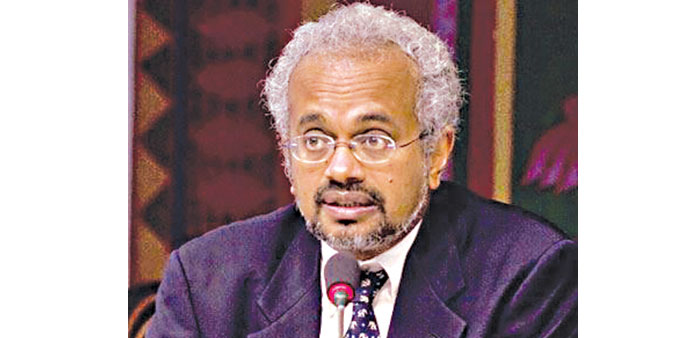Reuters/Johannesburg
Sub-Saharan Africa’s economic growth should accelerate to more than 5% over the next three years, far outpacing the global average, but the region must do more to convert this into reducing poverty, the World Bank said yesterday.
In its latest Africa’s Pulse analysis of prospects for the region, the bank saw increased investment, high commodity prices and a pick-up in the global economy driving this expected growth surge in the world’s poorest continent.
It said foreign direct investment (FDI) inflows to Sub-Saharan Africa were projected to increase to record levels each year over the next three years, reaching $54bn by 2015.
This compared to $37.7bn in 2012, a 5.5% increase in a year when FDI flows for developing countries fell on average by 6.6%, the bank added.
The Washington-based multilateral lender predicted Sub-Saharan Africa’s growth would be 4.9, 5.1 and 5.2% for 2013, 2014 and 2015 respectively.
In 2012, the region’s growth was estimated at 4.7%.
“If properly harnessed to unleash their full potential, these trends hold the promise of more growth, much less poverty, and accelerating shared prosperity for African countries in the foreseeable future,” said Punam Chuhan-Pole, a lead economist in the World Bank’s Africa department.
Compared with Africa’s expected growth spurt, global GDP was projected to expand by 2.4% in 2013 and gradually strengthen to 3 and 3.3% in 2014 and 2015.
The report said a decade of strong growth had reduced poverty in Sub-Saharan Africa, with provisional data showing that between 1996 and 2010, the share of Africans living on less than $1.25 a day fell from 58% to 48.5%.
But World Bank economists cautioned that high inequality and a dependence on mining and mineral exports in many countries had actually dampened the poverty-reducing effect of income growth.
“While the broad picture emerging from the data is that Africa’s economies have been expanding robustly and that poverty is coming down, the aggregate hides a great deal of diversity in performance, even among Africa’s faster growers,” said Shanta Devarajan, the World Bank’s Chief Economist for Africa.
Noting that higher growth does not automatically mean less poverty, the report said resource-rich countries such as Gabon, Equatorial Guinea, and Nigeria performed worse than their less resource-blessed fellows.
The World Bank said better administering of mineral wealth, development of agriculture and a careful managing of rapid urbanisation would help African governments seize the opportunity to lift more of their people out of poverty.
“Better governance will need to underpin efforts to make growth more poverty reducing,” the report said.
The bank added that continuing investment in infrastructure was critical to maintaining and strengthening growth.
Among the positive developments was the spreading energy exploration in East Africa that had led to the opening of several oil and gas wells.
In Southern Africa, Mozambique was expected to attract increased foreign investment in its huge coal deposits and offshore gas discoveries and Zambia would continue to see increased investments in its copper sector.
In West Africa, investment was likely to keep flowing into the minerals sectors of Ghana, Guinea, Liberia, Nigeria and Sierra Leone.
But the bank saw some problem spots, singling out labour unrest in South Africa, the region’s largest economy, and political unrest in Central African Republic, Mali and Togo.
Food price spikes could also be a cause for concern.
Also on the risk side, the World Bank said a fragile global recovery, whether characterised by a deterioration of market conditions in the eurozone or a weaker pick-up in the US, could still undermine the positive African outlook.
It added that with Chinese demand accounting for 50% of many industrial metals exported from Africa, a sharper-than-envisaged downturn there could lead to a slump in commodity prices, which would hurt resource-reliant African states.

